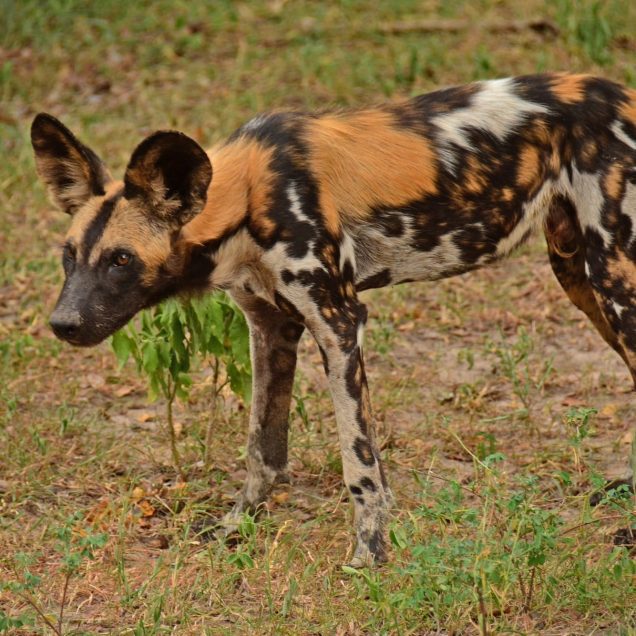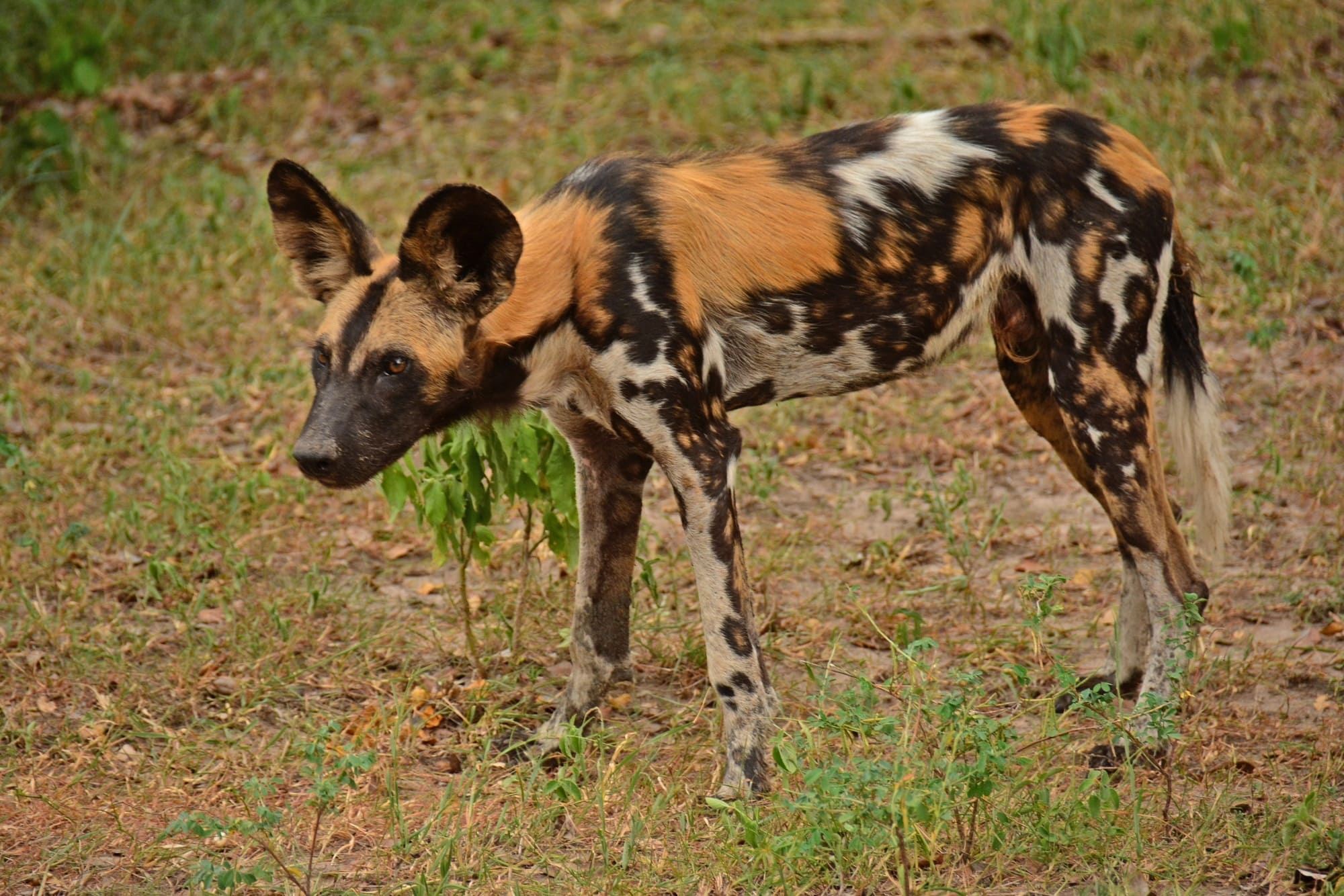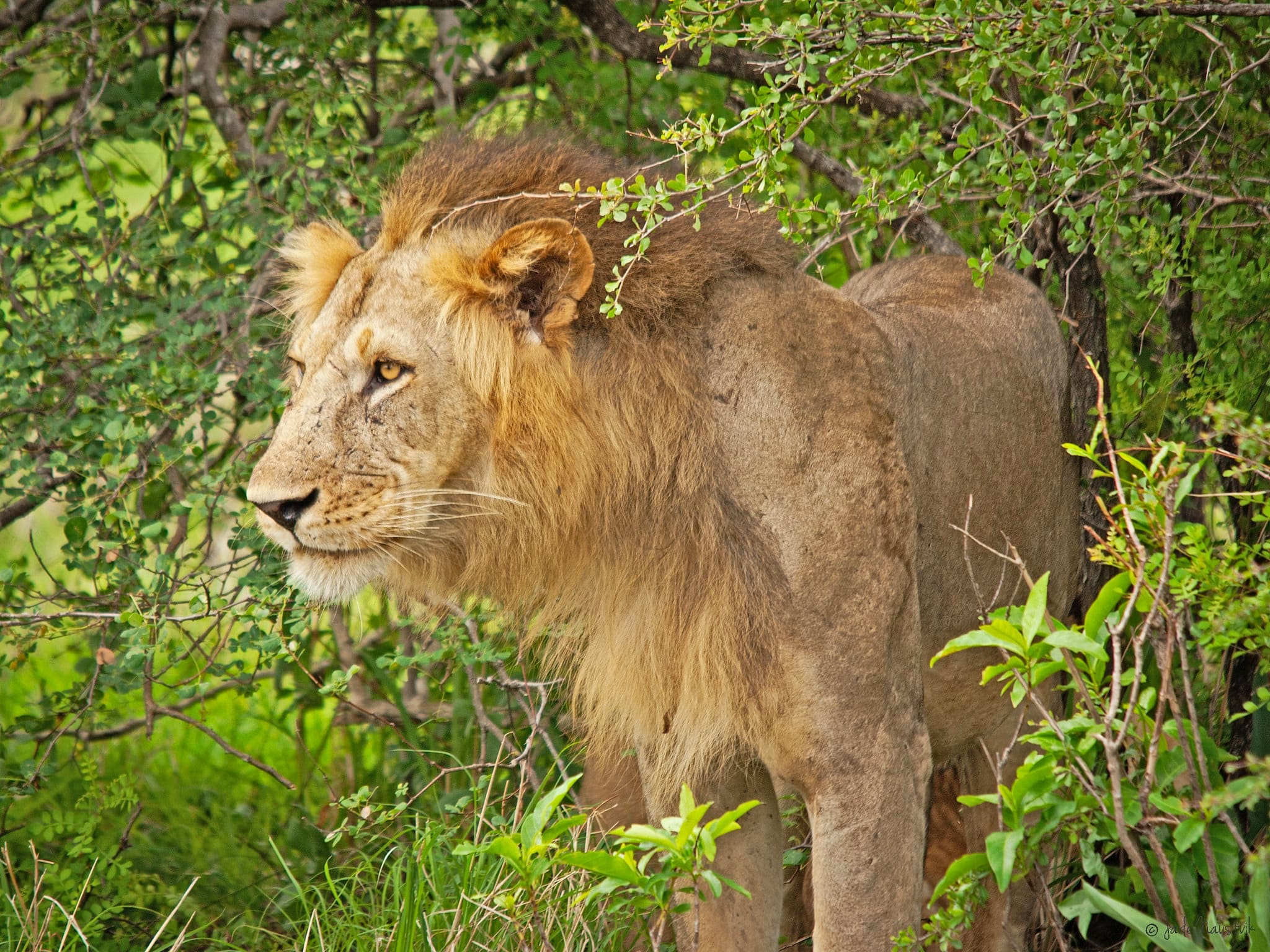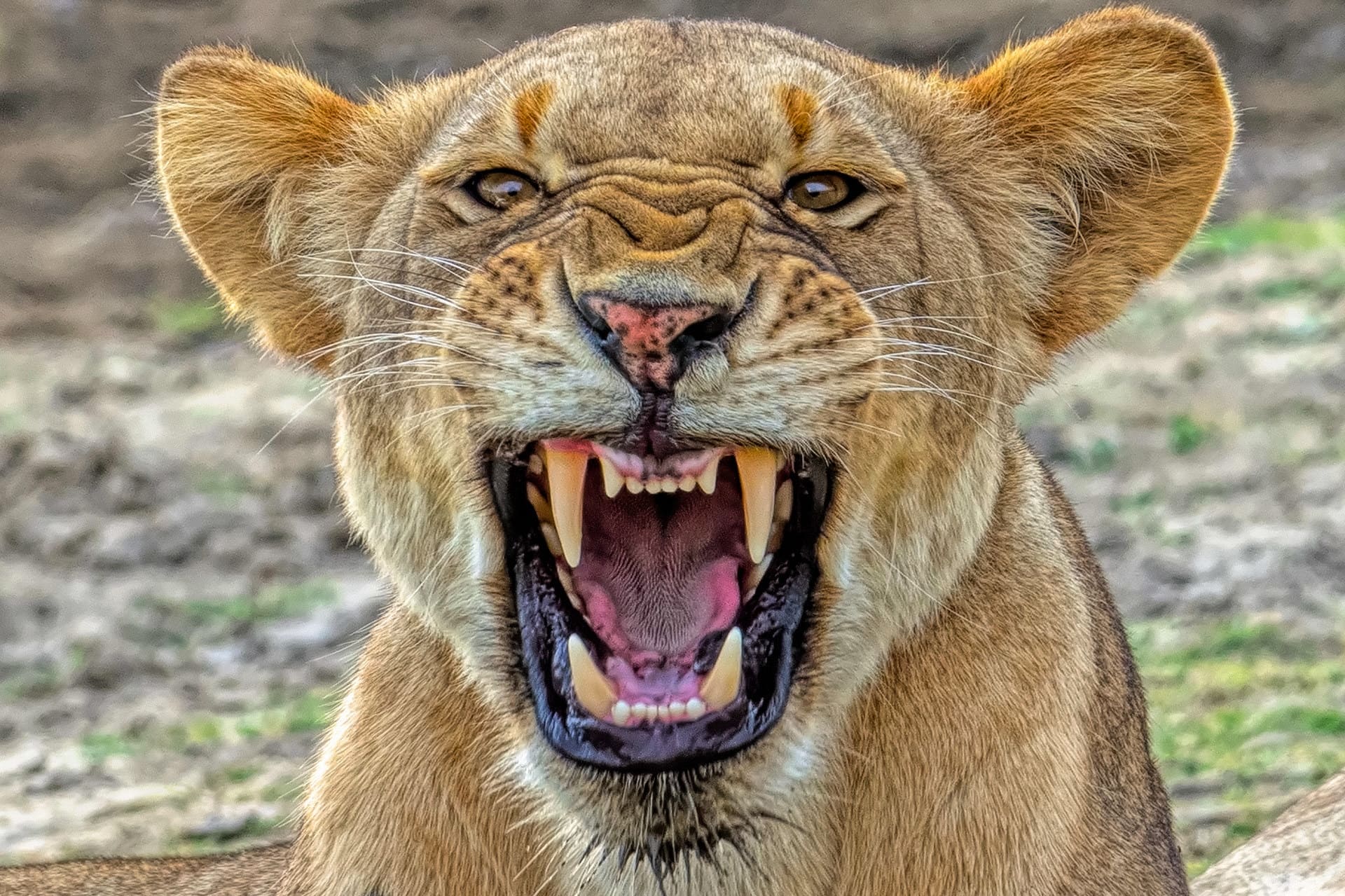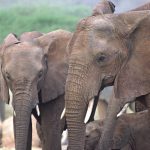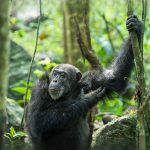NYERERE NATIONAL PARK
The defining feature of Nyerere National Park is the river systems that flow into it from the surrounding highlands. As these rivers lose altitude, they move towards each other and convene to become the Rufiji river. The Rufiji meanders its way towards the Indian ocean, and over time, this massive body of water has chiselled features into the land such as gorges, lakes, swamps and marshes, all of which make for a very dramatic landscape. The river systems attract and sustain a diverse range of wildlife and vegetation. Nyerere National Park is one of the few places in Tanzania where it is possible to go on a boat safari along the river and its tributaries, an incredible experience that gives a unique perspective on the wildlife.
Nyerere National Park was established in year 2019 and cover an area of over 30,000 square kilometers. With its largest wilderness area in Africa, Nyerere National park has relatively undisturbed ecological and biological processes, including diverse range of wildlife with significant predator and prey relationship. The might Rufiji with its renown population of hippo and Rhino flows to Indian ocean. The river has been designated as a photographic zone and is a popular tourist destination. The sheer volume of game in the Nyerere is just outstanding!
Elephant, buffalo and lion are found in greater numbers and the park, together with the remaining part of Selous has the last true stronghold for African wild dog. Visitors to this vast Nyarere National Park will be able to enjoy the widest diversity of safari activities in the country, like boating safaris as well as standard game drives, walking safaris and legendary fly camping trips.
Nyerere National Park: The Experience
At 30,893 square kilometers, the vast Nyerere National Park is actually Africa’s largest stand alone National Park, and one of the largest in the world. The park is located in south Eastern Tanzania, roughly 230 kilometers by road from Dar es Salaam city to Mtemere Gate, and was carved out from the Selous Game reserve, a huge wilderness area and safari destination in Southern Tanzania. Nyerere Park boasts of the largest concentration of wild animals and a rich collection of wildlife that is abundant and diverse. The fact that this park is new and largely less frequented by tourists means that the animals here tend to be less exposed to humans. Good numbers of Big Cats such as Lion, Leopard, Cheetah are to be found here along with other large Game animals such as Elephant, Rhino, Buffalo, Giraffe, Eland, Zebra, Wildebeest and other wildlife.
With a truly massive wilderness area in East Africa, this National park has an undisturbed ecology and can be considered to be more remote, pristine and unspoilt compared to the more visited parks in Tanzania, such as Serengeti, Ngorongoro and Tarangire. The park is home to an intact and diverse range of wildlife exhibiting significant predator and prey relationship. The great Rufiji River, the largest river in Tanzania, which flows into the Indian Ocean and has a healthy population of hippo and crocodiles,flows through the northern part of the park and is one of the tourist attractions here. The river is very picturesque and a designated photographic zone. The Nyerere Park, as this destination is also referred to as, is among the best wildlife areas to spot some of the fascinating wild animals of Africa.
Nyerere National Park: Birdlife
With over 440 species recorded, Nyerere Nationa Park (Selous GR) is an excellent birding destination. The most conspicuous birdlife is attracted to the sandbanks, lagoons, islands and channels along the Rufiji River. A good way to enjoy the birdlife is on a boat safari. Common birds include yellow-billed storks, kingfishers, lapwings and colorful bee-eaters. Fish eagle and palm-nut vulture can be found perched high in the trees and skimmers can sometimes be seen flying across the water. Migratory birds are present from November to April.
Nyerere National Park is a good birding destination all year. From November to April, migratory birds from Europe and northern Africa are present, making this the best time for bird watching. This is also the time that resident birds nest, and you’ll be likely to see them in their colorful breeding plumage. Most camps close towards the end of the Wet season, in April, and reopen in June. For wildlife viewing, the Dry season – from June to October – is best.
For more information, Go TO
https://www.nyererenationalpark.net/NYERERE NATIONAL PARK WEBSITE

